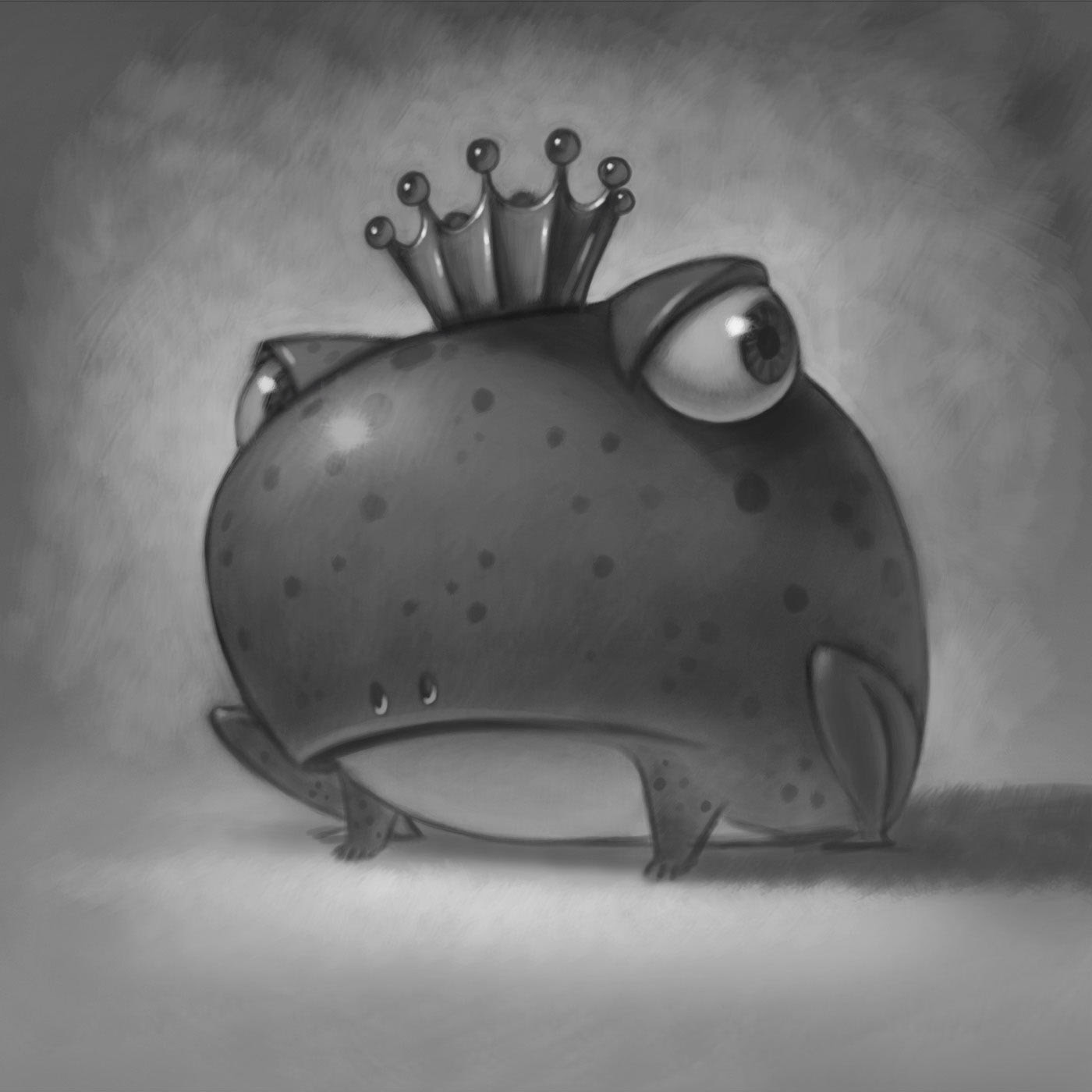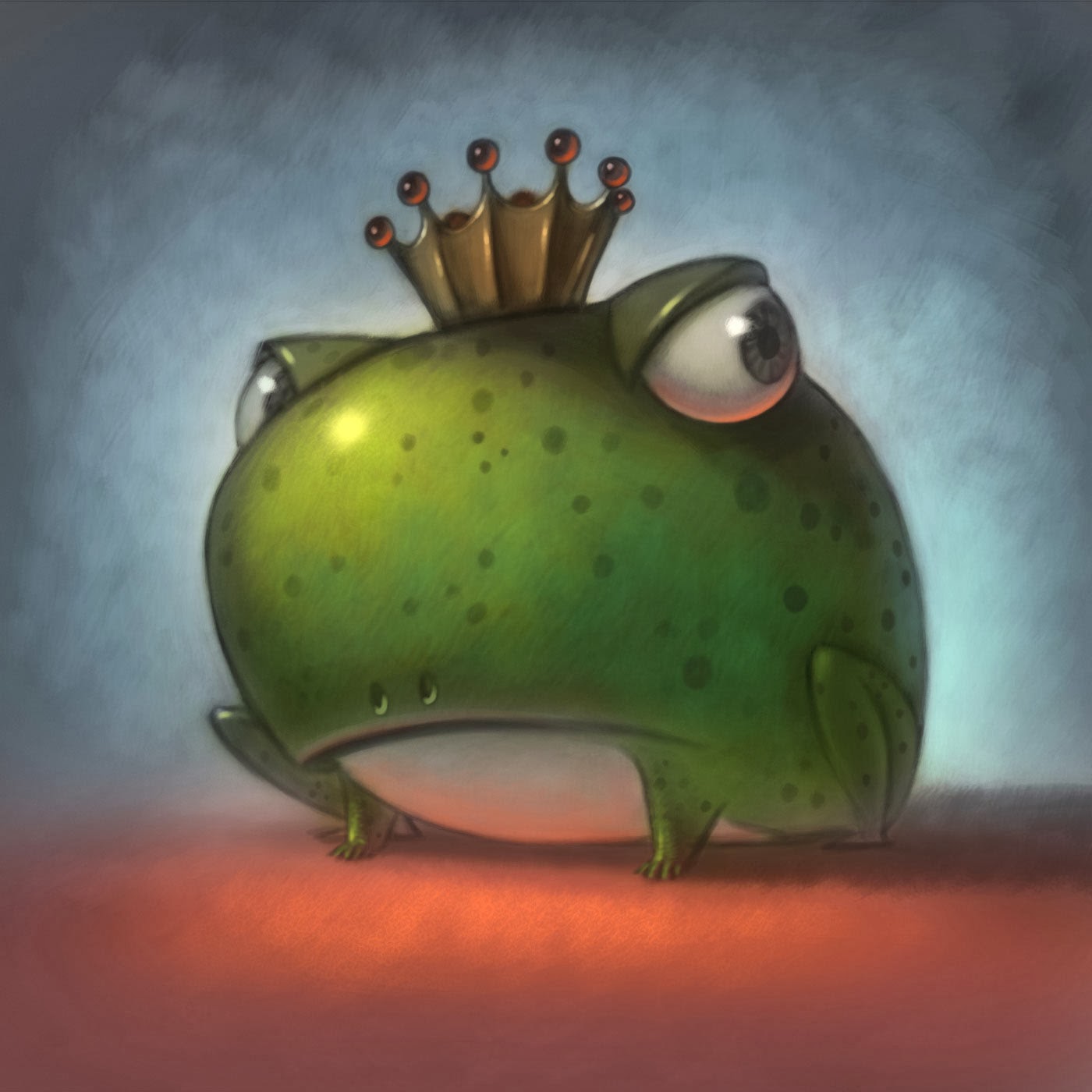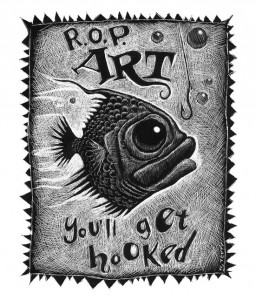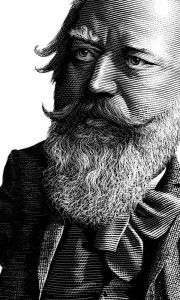If it don’t work in Black and White, it ain’t gonna work in color.
A good painting will also look good in
Black and White. That is to say, if you can’t work out your value patterns in black and white, you won’t be able to just fix it with color. Have you ever heard of a grisaille, (that was a tough one to sound out, let alone spell) It’s a black and white under painting. I think the word gray, or grey, as I like to spell it, comes from the same root.
What is a Grisaille and how do you pronounce that?
Work out your lights and darks before you add color

So, where was I? Ho yeah, it is often wise, especially for
beginners, to work out you lights and darks before you move to
color. I like to give it the squint test. Squint at your work and see if it reads well. Do the wrong things disappear? Do the right things stand out?
The under painting can be in a sepia or other tone too, for a nice effect, it doesn’t have to be BLACK and White.
Light and Shadow
Where is your light source? Is it in the picture? If so, you shouldn’t have anything in the painting that is brighter than the light source.
Are the shadows, cast, core etc, in the right places? I am thinking that the cast shadow in this piece is not dark enough.
Do you have reflected light in the right places?
Just add Color, or Colour as my UK friends like to spell it.

If you are painting digitally, like in Photoshop or on the iPad, you will enjoy the ability to undo. If you are using water colors then you can just glaze transperant colors over you black and white under-painting. AKA Grisaille.
If you are using oil paints, you may want to try a water color, acrylic, or gwash, (i better look that up) Gouache. The oil paint goes right over the aqueous paints without disturbing them and it works really well. You should see how Robert Barrett uses gouache, for under-paintings to create a beautiful effect. He calls it a “Rub-out” technique.




